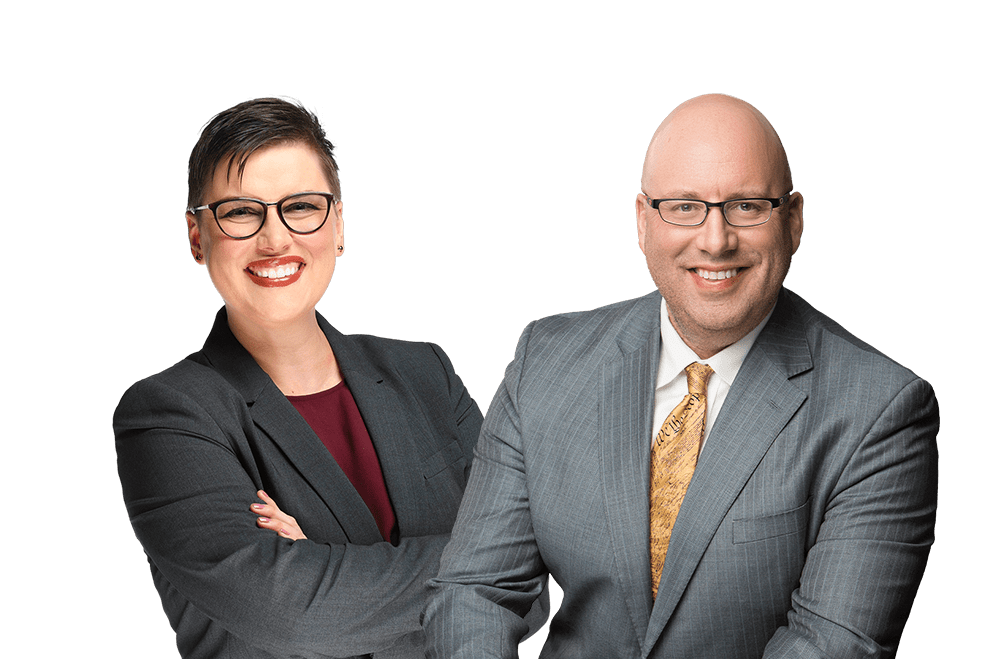OBWB is a 2026 Best Law Firm
With the 16th edition of Best Law Firms® just published, we are pleased to announce OBWB's inclusion on the 2026 Best Law Firm list. Earning this distinction underscores our ongoing dedication to excellence in intellectual property law and to delivering innovative, strategic solutions across our global offices.
OBWB Announces IPTP 2026
OBWB is pleased to announce a (free) course featuring a series of expert-led presentations on key topics in intellectual property law. Designed and delivered by patent professionals with 25+ years of industry experience (*limited availability*).
Impact of a Million
OBWB was delighted to participate as lead sponsor for Compudopt's 'Impact of a Million' celebration luncheon. It's truly remarkable to reflect on what has been achieved in a relatively short time period. This significant milestone is a reminder of what's possible when vision and collaboration come together with purpose.
OBWB Participates in Hangzhou Seminar
OBWB Partner Jonathan Osha will be the keynote speaker at upcoming IP event in Hangzhou, China. The seminar "Hot Issues in Overseas Patent Application and Protection for Chinese Enterprises" promises to deliver cutting-edge insights into the most pressing challenges and opportunities in global IP protection. Led by leading patent attorneys and industry specialists, this series of disccusions will unpack the latest trends, case studies, and best practices shaping international patent strategy.
USPTO Proposes Dramatic Restrictions for Inter Partes Review Institution
On October 17, 2025, the United States Patent and Trademark Office (USPTO) published a notice of proposed rulemaking (NPRM) that, if accepted, would dramatically change the criteria for Inter Partes Review (IPR) institution before the Patent Trial and Appeal Board (PTAB). The NPRM proposes several new rules that would restrict the institution of IPR's in many instances. Comments on the proposed rules must be submitted by November 17, 2025. Separately, but on the same day, the USPTO director, John A. Squires, announced that he would assume authority over making all IPR and Post-Grant Review (PGR) institution decisions, an authority that has been delegated to the PTAB since the inception of IPRs.
Pending, Unexamined Utility Applications have a Short-Lived Opportunity to Jump the Line
In an effort to evaluate the impact of a limited claim set on pendency and examination quality, the USPTO launched the Streamlined Claim Set Pilot Program on October 27, 2025. Under the pilot, eligible applications accepted into the pilot will be advanced out of turn for examination until a first Office Action is issued. The program will run until October 27, 2026, or until each Technology Center dockets approximately 200 applications under the pilot.
ASAP!: A Limited Opportunity to Participate in New USPTO AI Search Pilot
The USPTO announced the launch of Artificial Intelligence Search Automated Pilot (ASAP!) that began on October 20, 2025. With a stated goal of testing the efficacy of the USPTO's new Artificial Intelligence (AI) tools, the USPTO is providing an opportunity for an automated AI search to be conducted and Automated Search Results Notice (ASRN) to be provided to applicants who petition to participate in the program. The stated goal of the pilot is to ascertain the impact of sharing the ASRN (pre-examination) on prosecution by applicants, evaluate the scalability of generating ASRNs, and collect data to inform the USPTO's next steps, such as through a survey of participants as to the usefulness of the ASRN in assessing patentability early in the examination process.
WIPO Announces Reduced Trademark Fees for Qatar
In accordance with Rule 35(2)(d) of the Regulations under the Madrid Protocol, the World Intellectual Property Organization (WIPO) has announced revised individual fees for trademark applications in Qatar that will take effect on November 9, 2025.
Update on Industrial Design Registration in Qatar
The Qatar Ministry of Commerce and Industry (MOCI) has officially announced that industrial design applications can be submitted to the IP Office starting October 26, 2025. The establishment of a formal filing procedure, will replace the current practice of publishing cautionary notices in leading local newspapers.
EGIPA Announces Increase in Official Fees
Effective October 14, 2025, The Egyptian Intellectual Property Authority (EGIPA) issued three main decisions, revising the official fees for several IP services. The Decisions No. 138, No. 140, and No. 141 concern patents & utility models, plant varieties, and copyrights, respectively.




